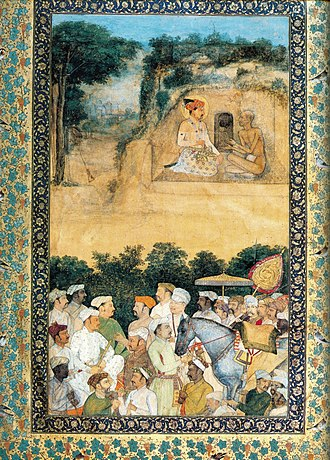
#SavitribaiPhule was born #OTD 191 years ago, about 50 miles from Pune (then Poona). Lev Tolstoy had once said "Wrong does not cease to be wrong because the majority share in it." It would turn out to be an apt description of Savitribai's life (1/n) 

Savitribai was married to Jyotirao, a truly noble man. After their marriage, Jyotirao educated his new bride, till then an illiterate. Later, Savitribai also enrolled in two teachers' program, one of them run by an American missionary Cynthia Farrar (2/n)
Around 1848, Jyotirao & Savitribai opened their own school for girls at Bhide Wada in Pune. By 1851, they had expanded to 3 girls' schools with a combined strength of 150 students. However, success came at a cost (3/n)
The couple belonged to a lower caste (Mali) and them getting involved in education invited the wrath of the upper sections of the orthodox Hindu society. Being a woman, Savitribai faced the worst of it (4/n)
Everyday on her way to school, she was confronted by angry mobs who showered her with expletives, stones and cow dung. Savitribai had to carry an extra saree for change as almost everyday, she arrived at school smeared in dung (5/n)
But despite this cruel ordeal, Savitribai and Jyotirao remained firm in their determination to impart education to young girls. More setback arrived when the couple were expelled from Jyotirao's parental home (6/n)
They were given shelter by Usman Sheikh, one of Jyotirao's close friends. Here, Savitribai made acquaintance of Fatima Begum, Usman Sheikh's sister. The two women became close friends and graduated together from Normal School, Pune (7/n)
Savitribai and Fatima also opened a school at Usman Sheikh's residence. Savitribai & Jyotirao established 18 schools as well as a care center for pregnant rape victims. They established two educational trusts for overseeing the activities (8/n)
One trust was aimed at the girl child and another targeted education for children from lower castes. In 1897, with Bubonic Plague raging through Pune, Savitribai, helped by her adopted son, opened a clinic for treatment of the afflicted (9/n)
When news came to her of the son of a close contact suffering from the disease, she rushed to bring him to the clinic. In the process, she contracted the deadly plague herself and died from it on 10th March, 1897 (10/n)
In life and in death, Savitribai Phule set an example for everyone to follow: To do the right thing as per one's conscience fearlessly. On her 191st birth anniversary, Paperclip pays tribute to this remarkable woman (11/n)
• • •
Missing some Tweet in this thread? You can try to
force a refresh









